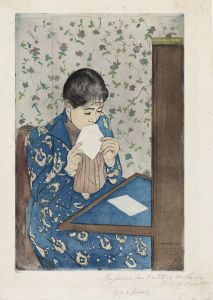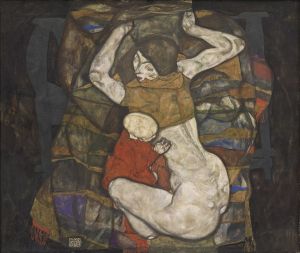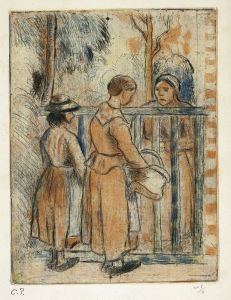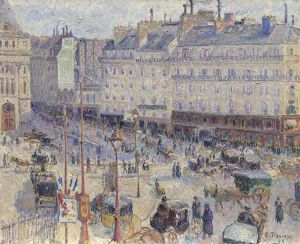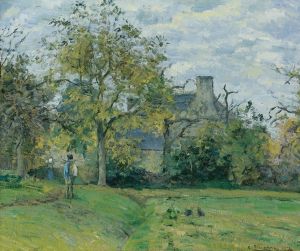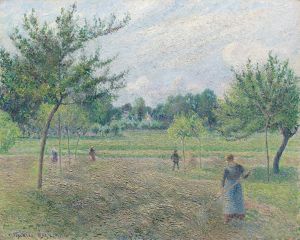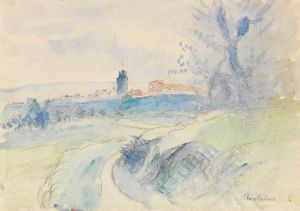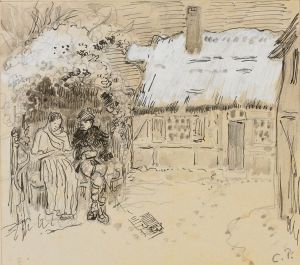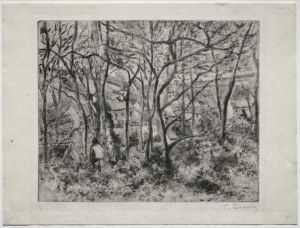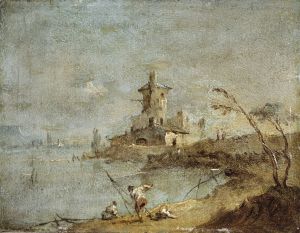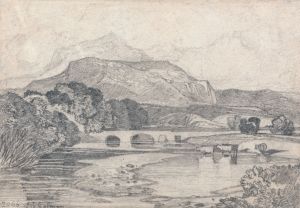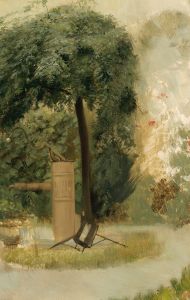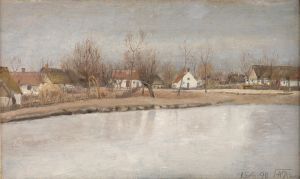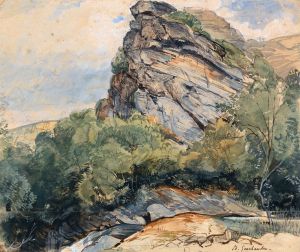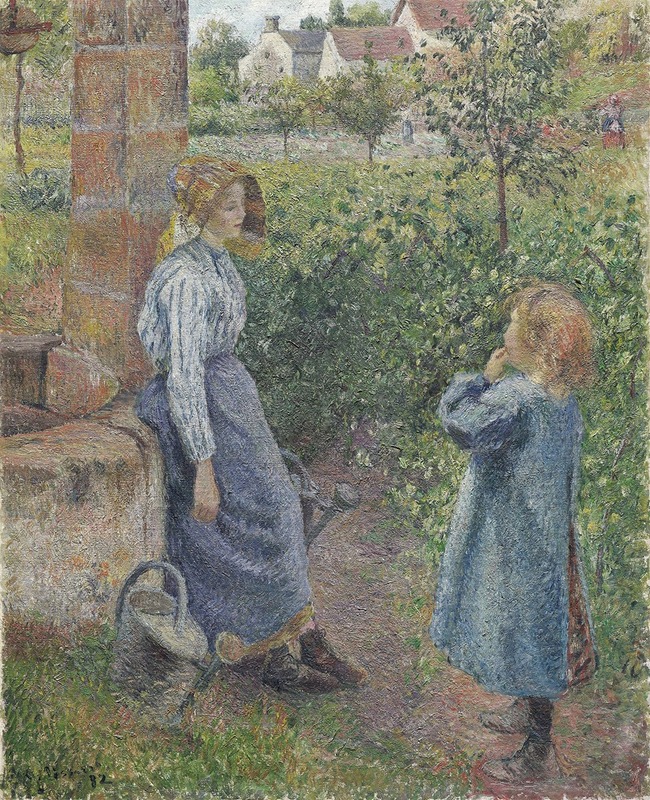
Woman and Child at the Well
A hand-painted replica of Camille Pissarro’s masterpiece Woman and Child at the Well, meticulously crafted by professional artists to capture the true essence of the original. Each piece is created with museum-quality canvas and rare mineral pigments, carefully painted by experienced artists with delicate brushstrokes and rich, layered colors to perfectly recreate the texture of the original artwork. Unlike machine-printed reproductions, this hand-painted version brings the painting to life, infused with the artist’s emotions and skill in every stroke. Whether for personal collection or home decoration, it instantly elevates the artistic atmosphere of any space.
Camille Pissarro's Woman and Child at the Well is a painting created by the renowned French artist, who is widely regarded as one of the founding figures of Impressionism. Pissarro, known for his depictions of rural life and his innovative approach to light and color, painted this work during a period when he was deeply engaged in exploring themes of everyday life and the natural world.
The painting portrays a tranquil rural scene, featuring a woman and a child near a well. The composition reflects Pissarro's interest in capturing the simplicity and dignity of peasant life, a recurring theme in his work. The figures are depicted in a naturalistic manner, emphasizing their connection to the surrounding environment. The well, a central element in the painting, serves as both a practical and symbolic feature, representing the sustenance and labor integral to rural existence.
Pissarro's technique in this painting demonstrates his mastery of light and texture. The brushstrokes are loose yet deliberate, creating a sense of movement and vitality. The use of color is subtle, with earthy tones dominating the palette, evoking the serenity of the countryside. This approach aligns with Pissarro's broader artistic philosophy, which sought to depict the beauty of ordinary moments without idealization or romanticization.
The exact date of the painting's creation is not definitively documented, but it is consistent with Pissarro's works from the late 19th century, a time when he was actively contributing to the Impressionist movement. During this period, Pissarro often painted scenes of rural labor and domestic life, inspired by his surroundings in the French countryside.
As with many of Pissarro's works, Woman and Child at the Well reflects his commitment to social realism and his empathy for the working class. His art often sought to elevate the lives of ordinary people, presenting them with a quiet dignity that was uncommon in the art of his time.
The painting is part of Pissarro's extensive body of work, which has been celebrated for its influence on modern art. While specific details about the current location or ownership of Woman and Child at the Well are not readily available, Pissarro's works are held in major museums and private collections around the world.
This painting exemplifies Pissarro's ability to merge technical skill with a profound sensitivity to his subjects, making it a valuable contribution to the Impressionist canon.





